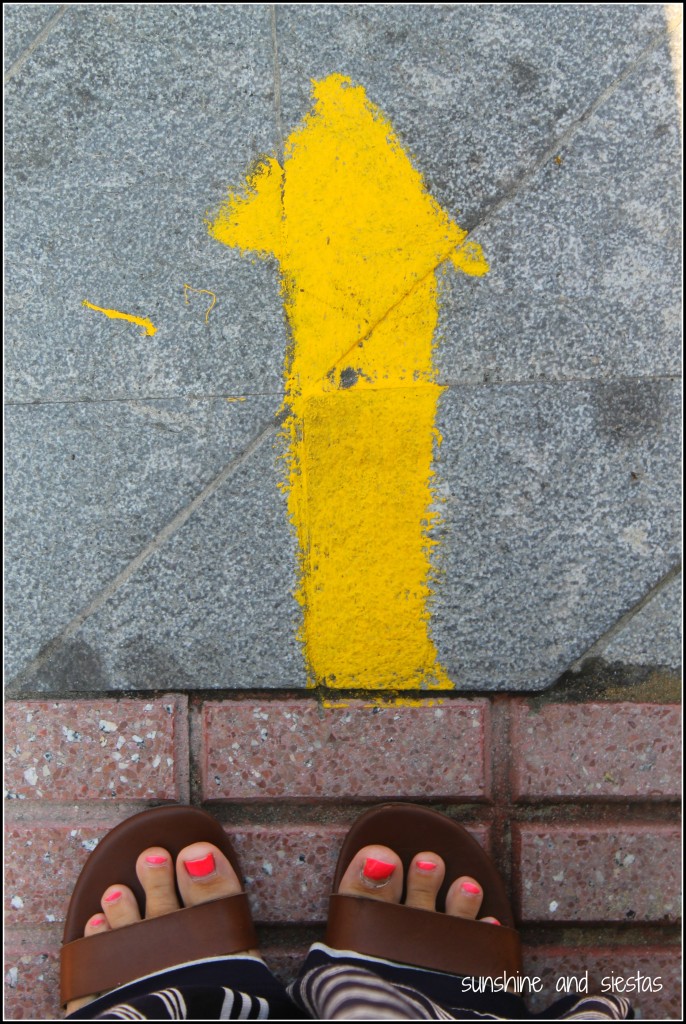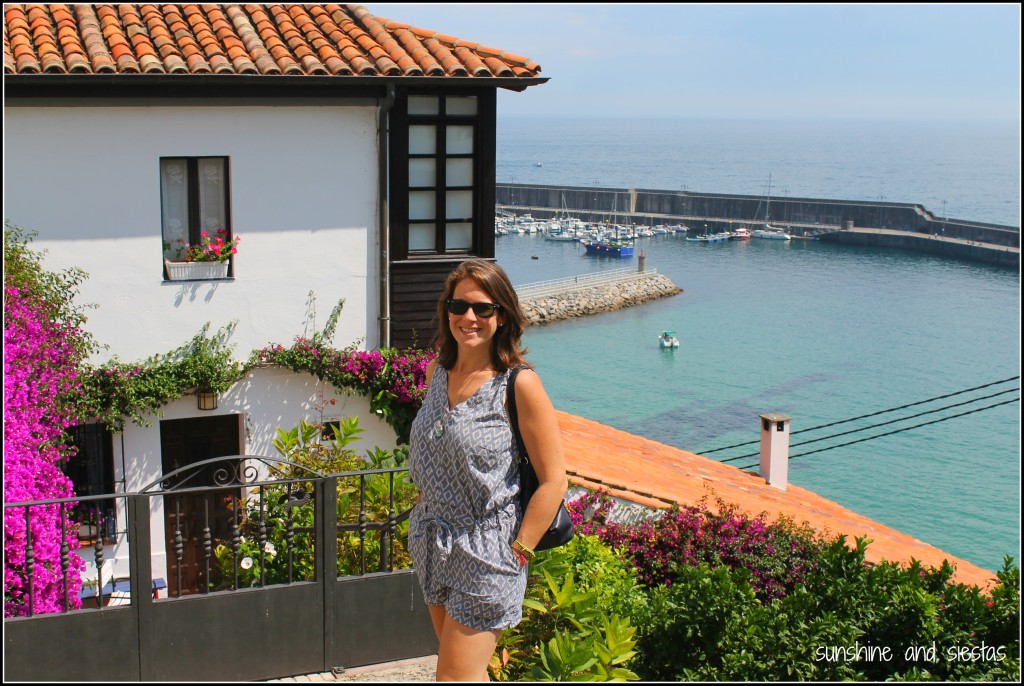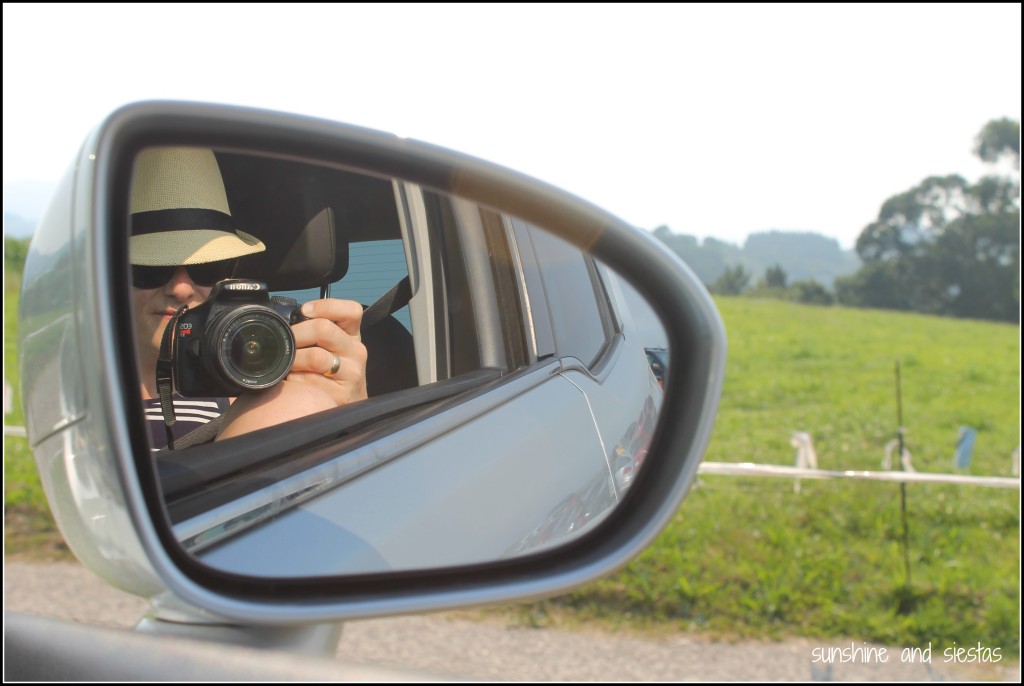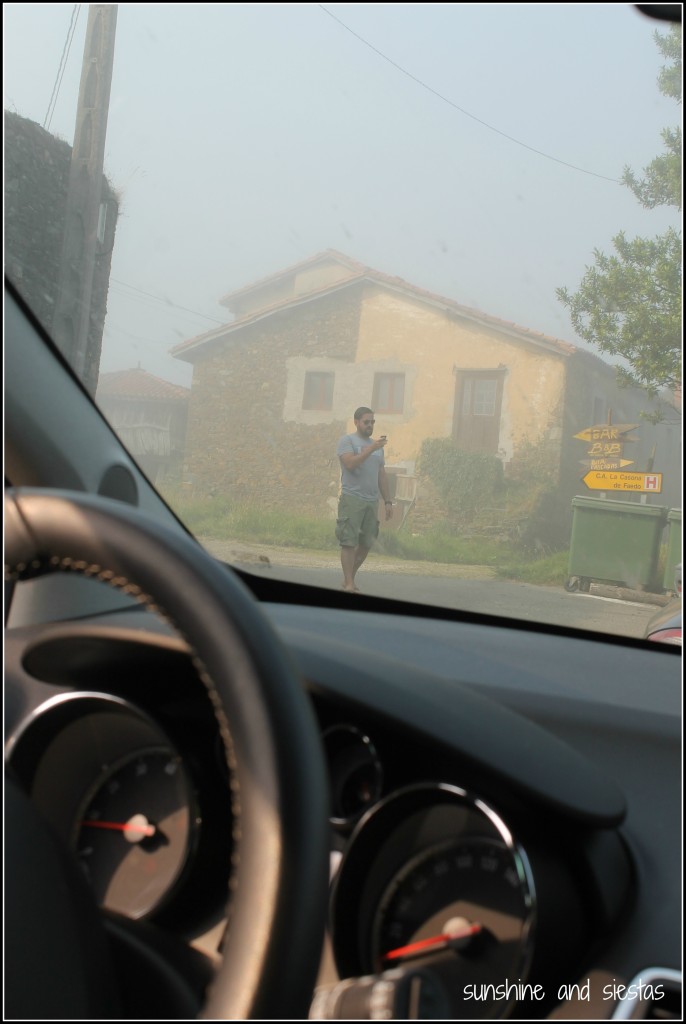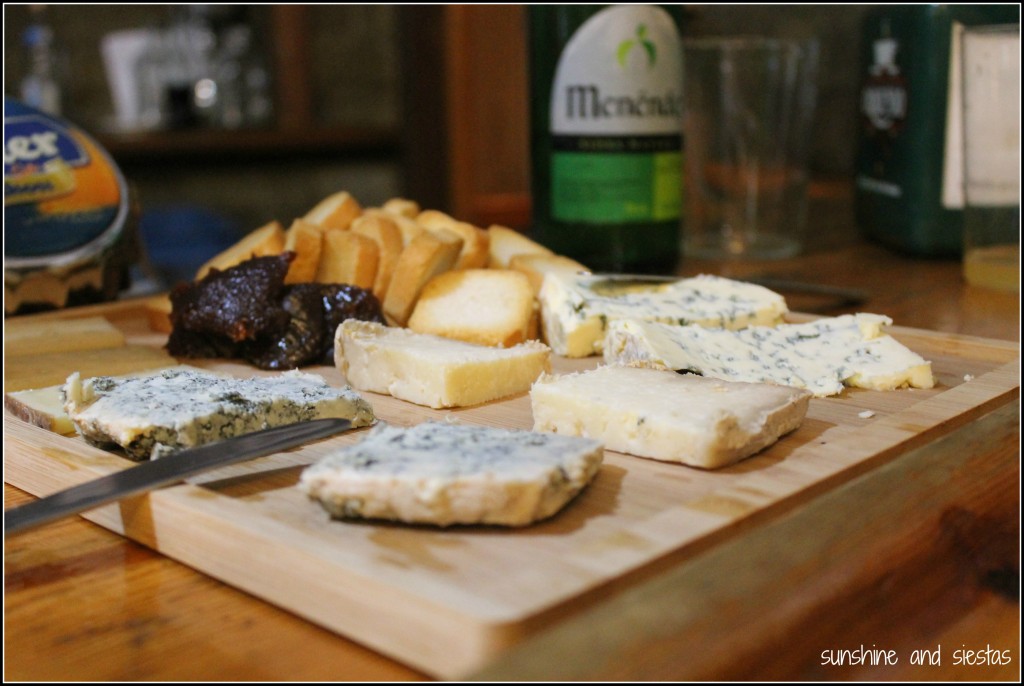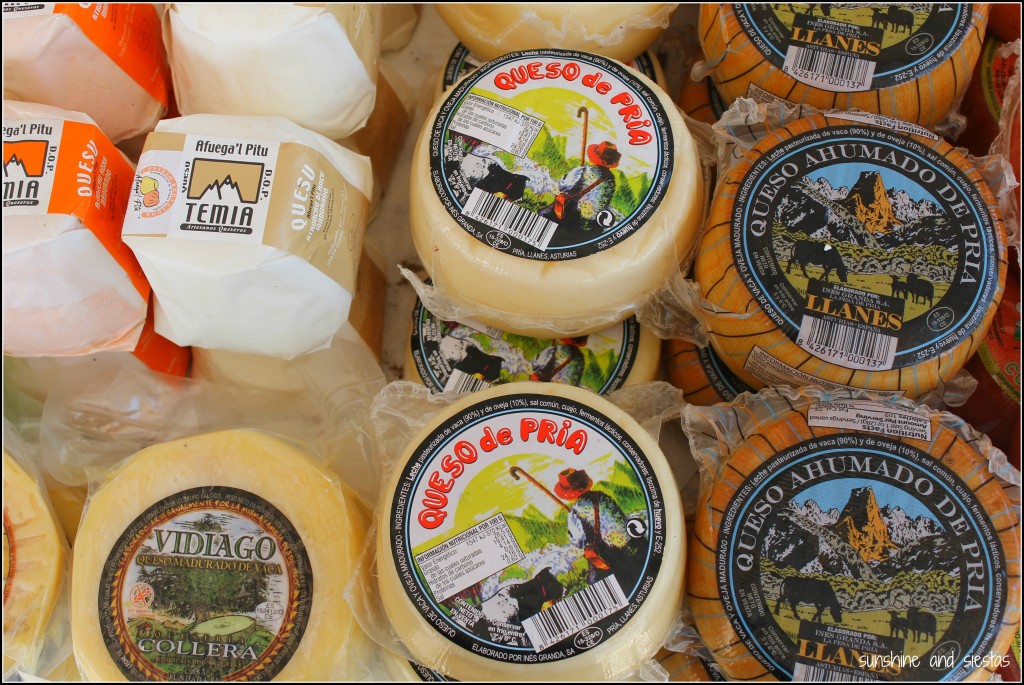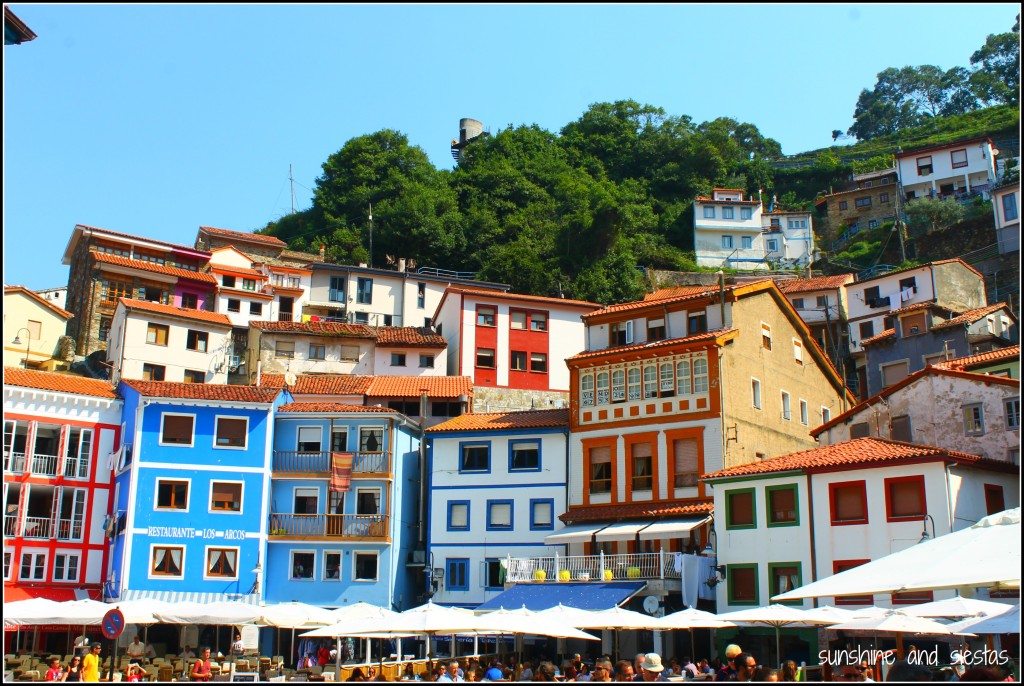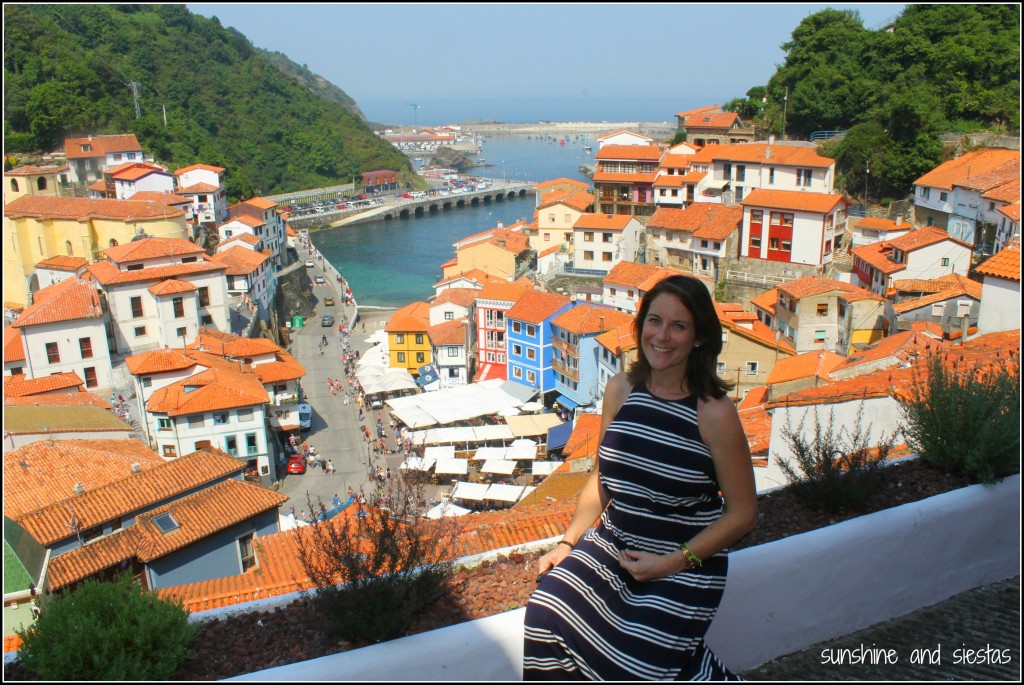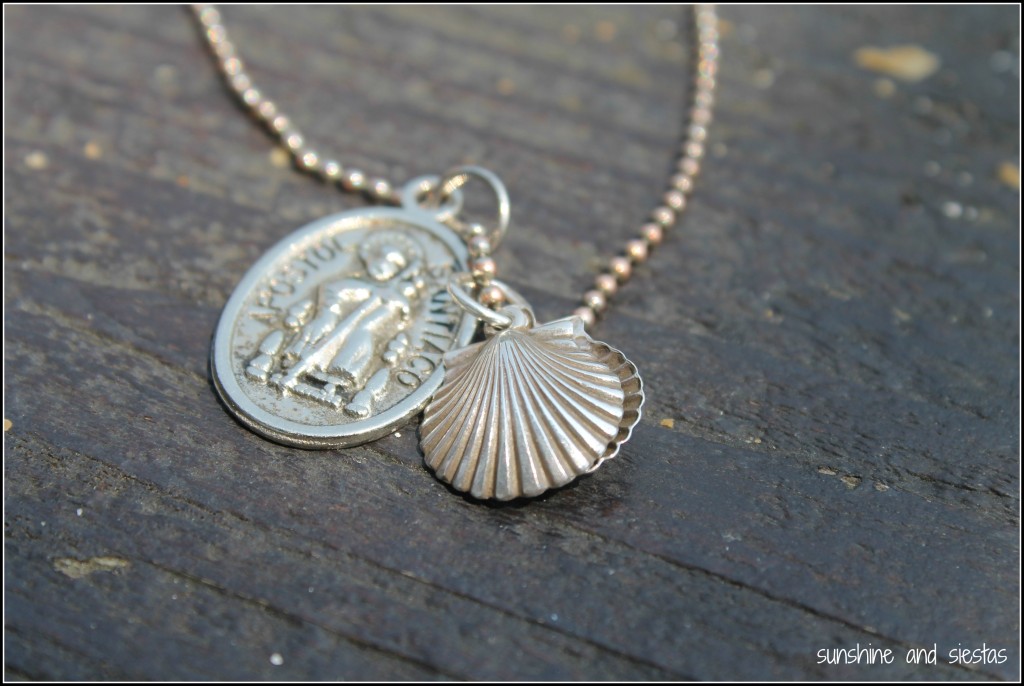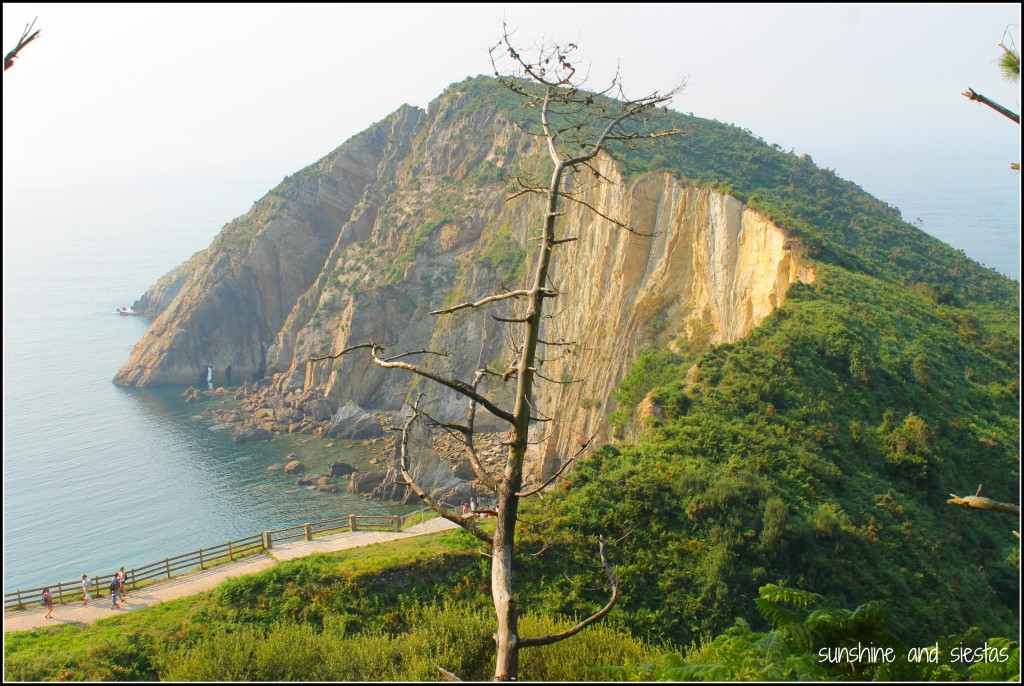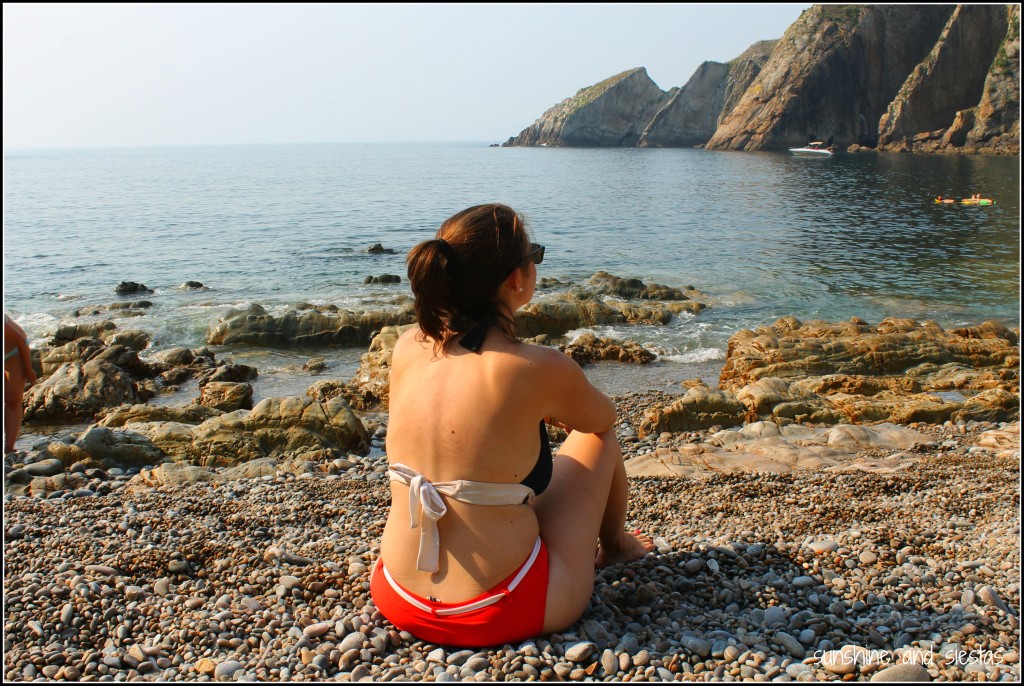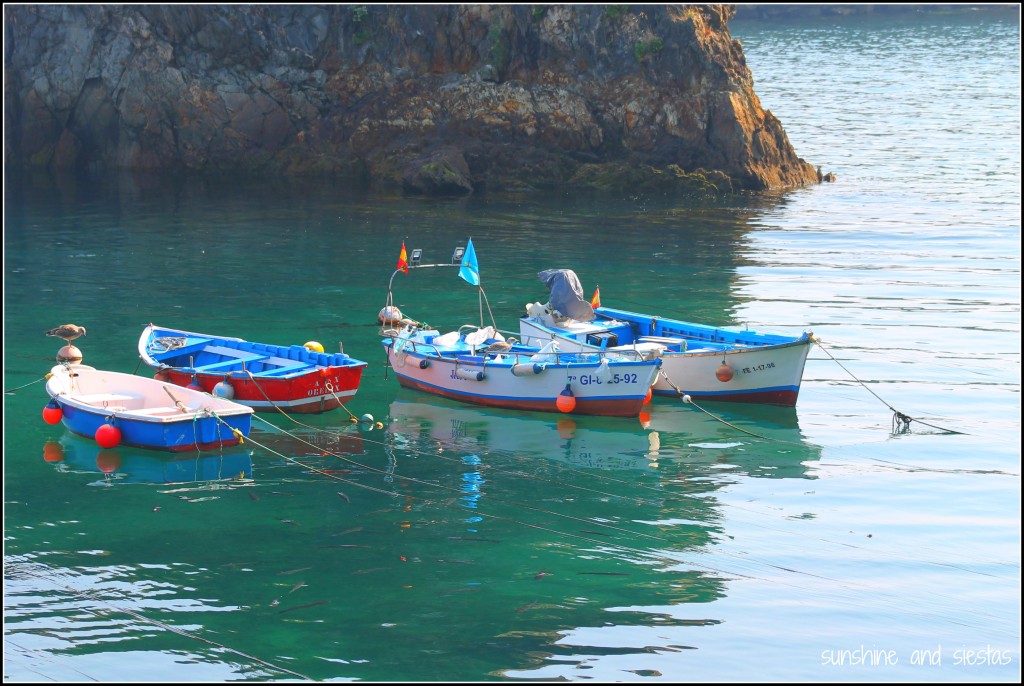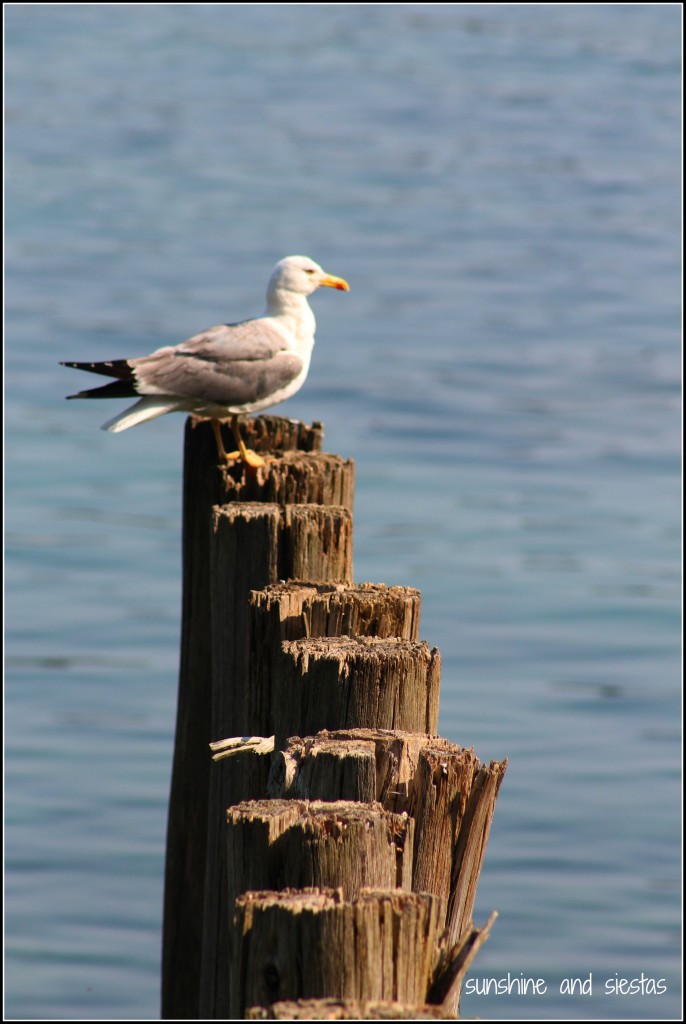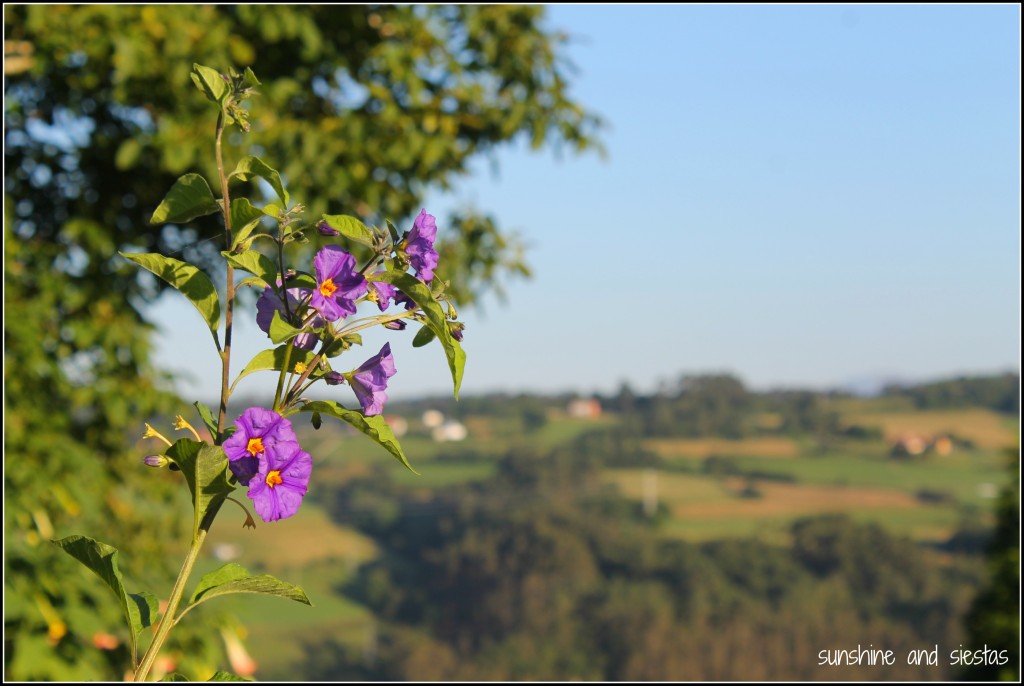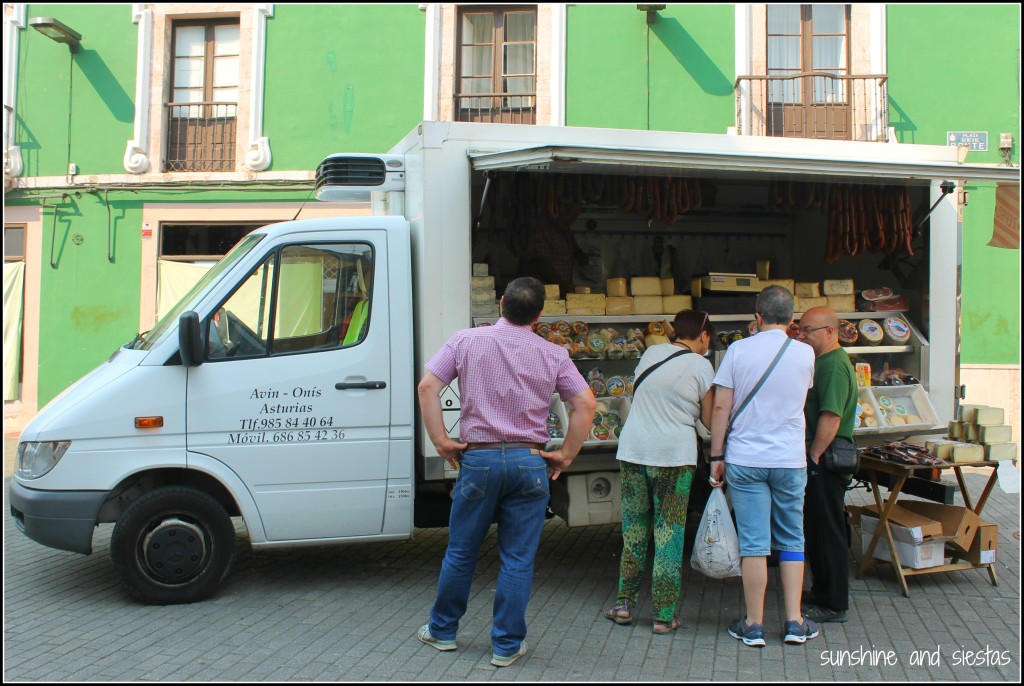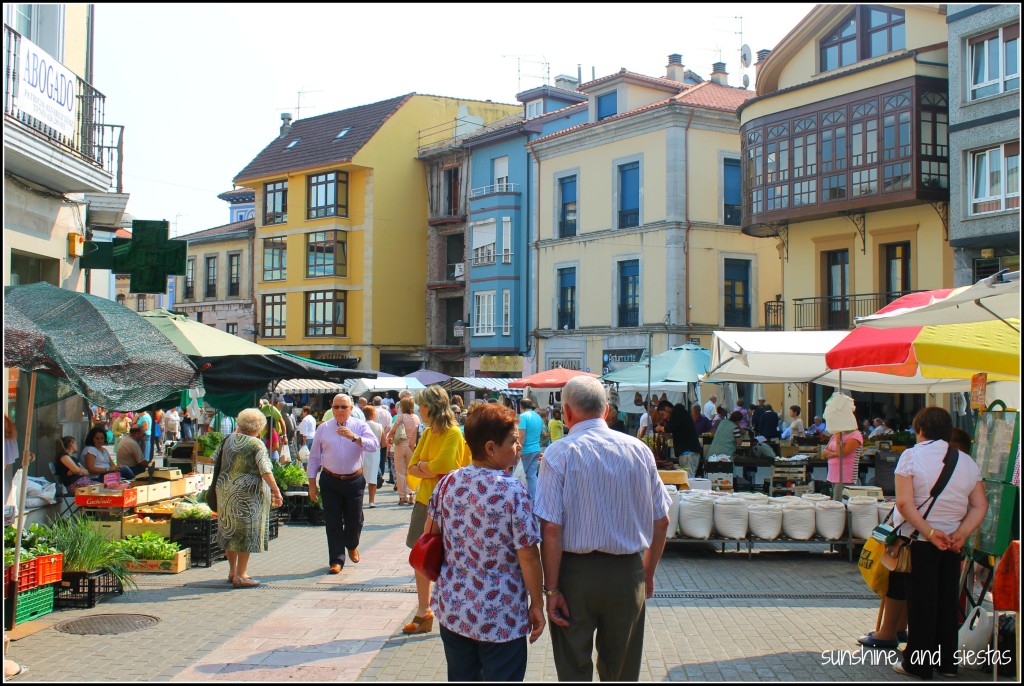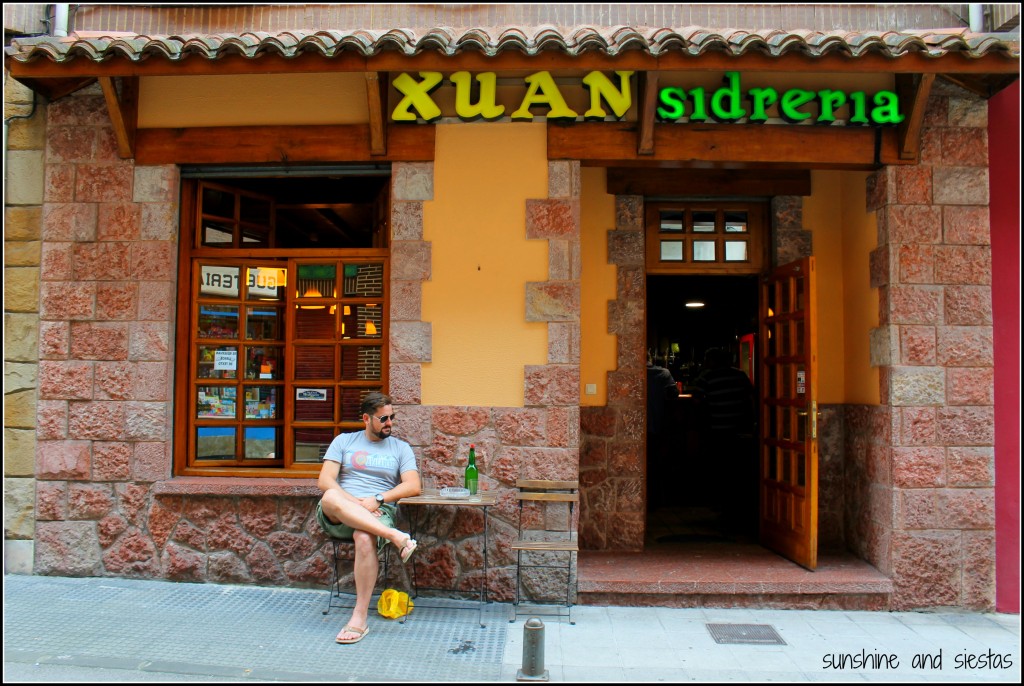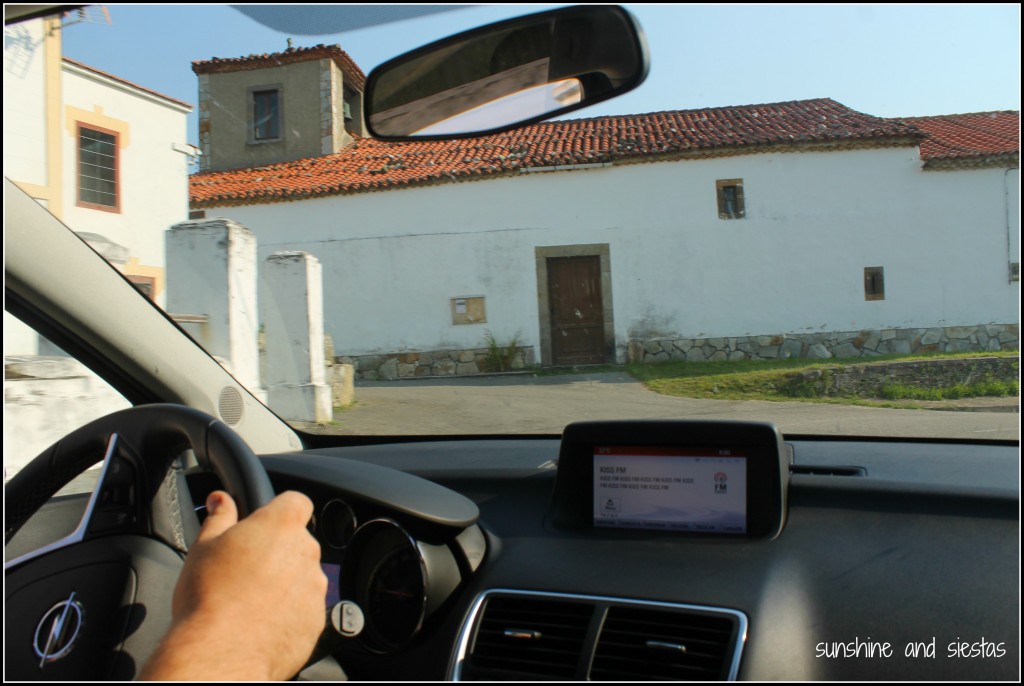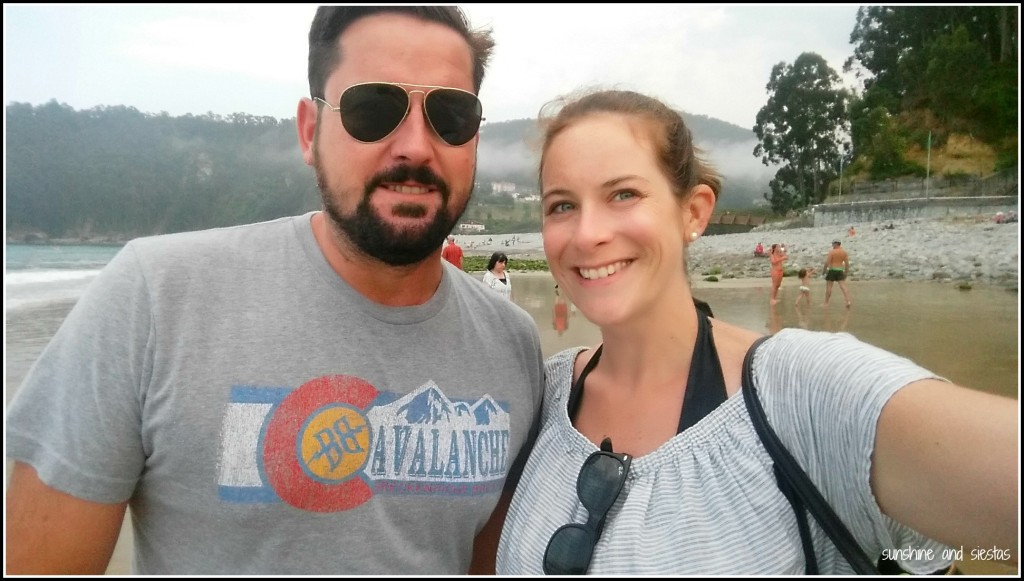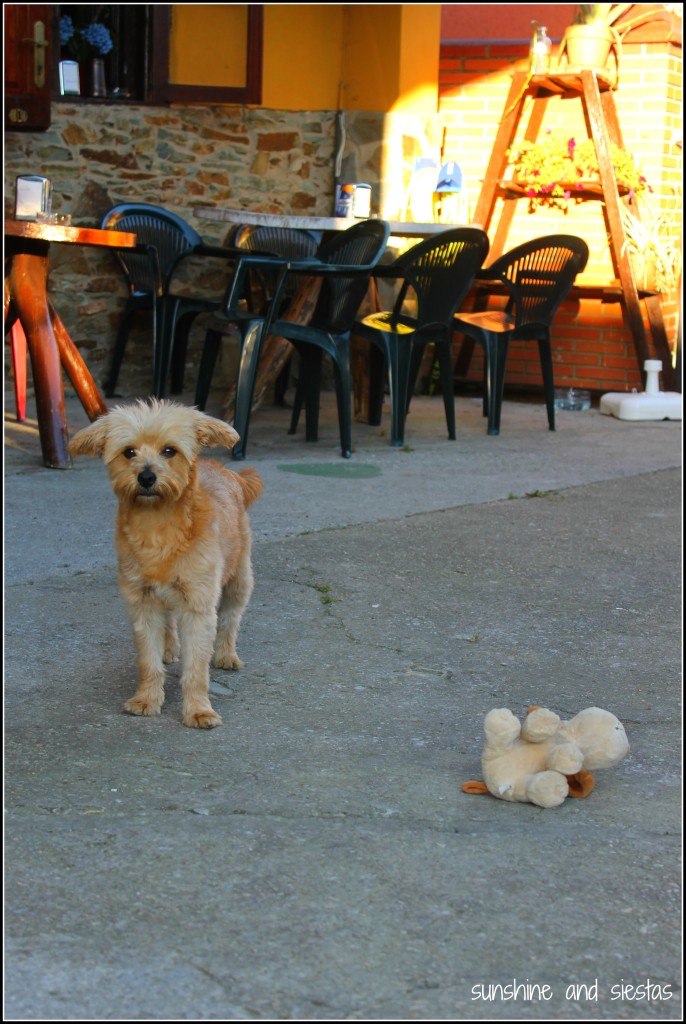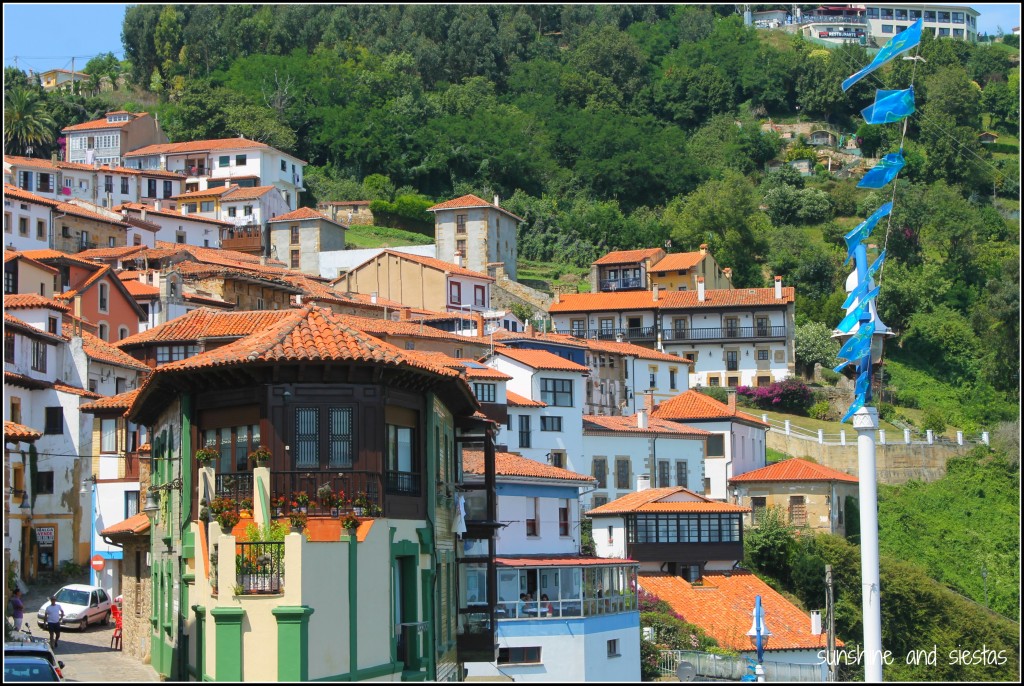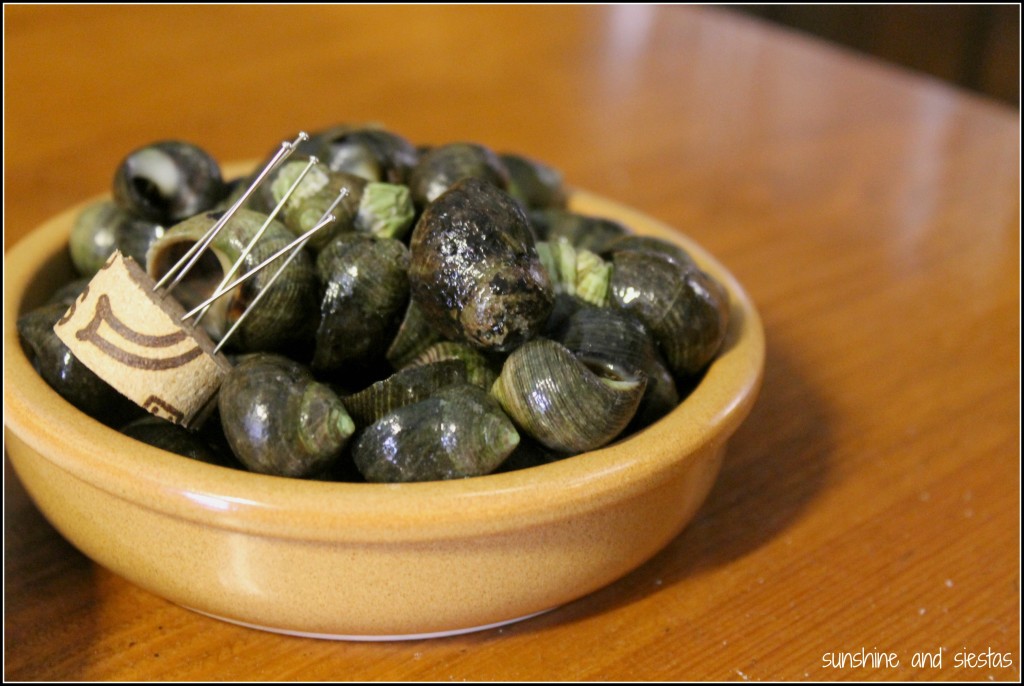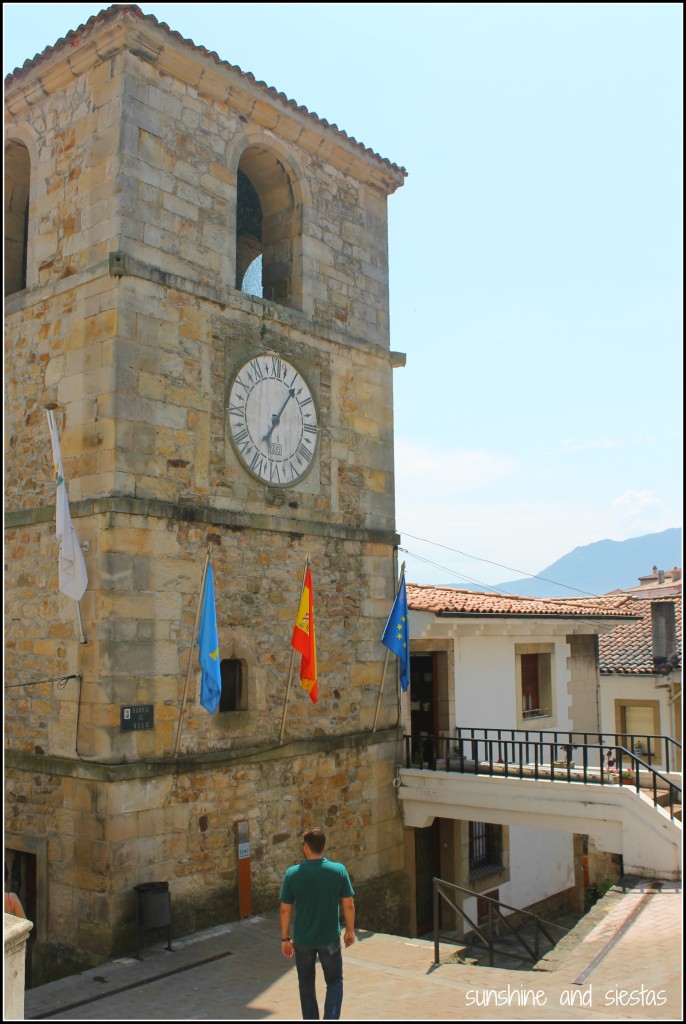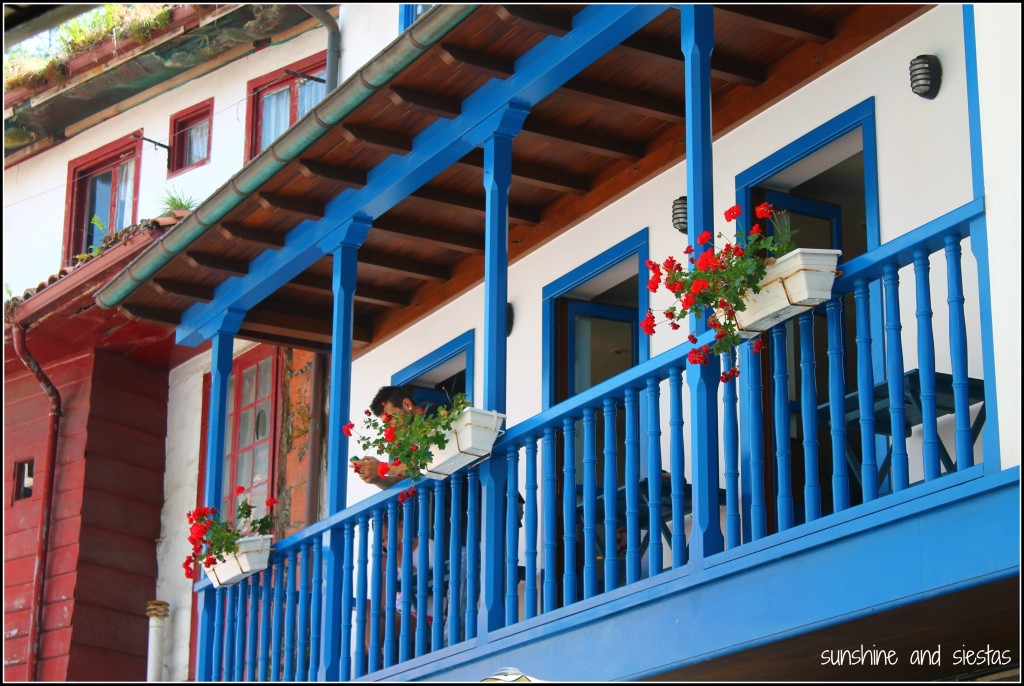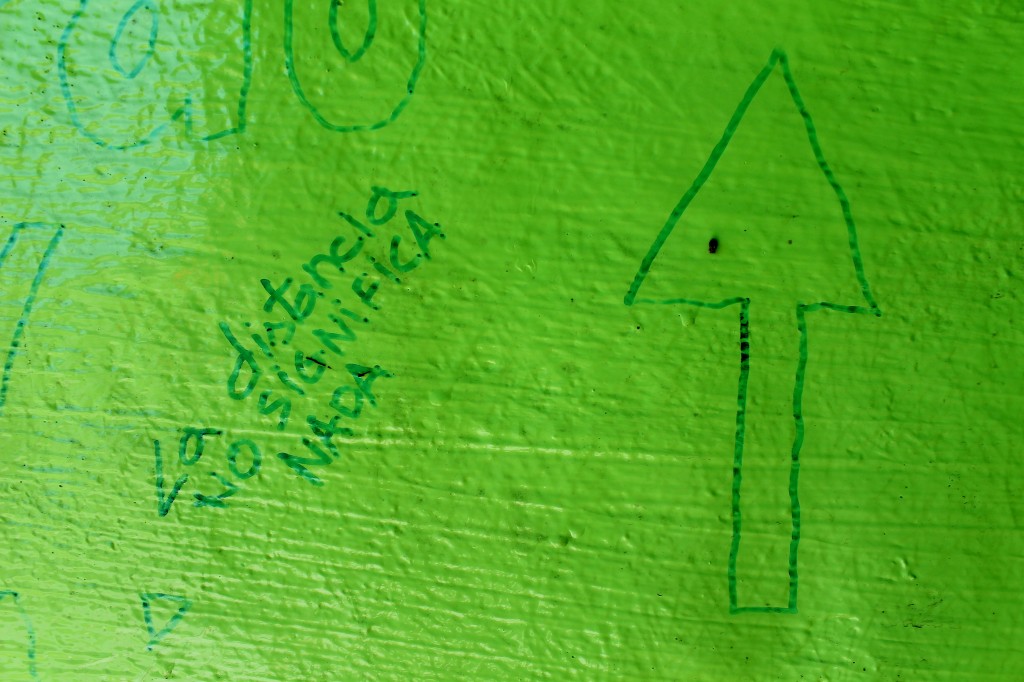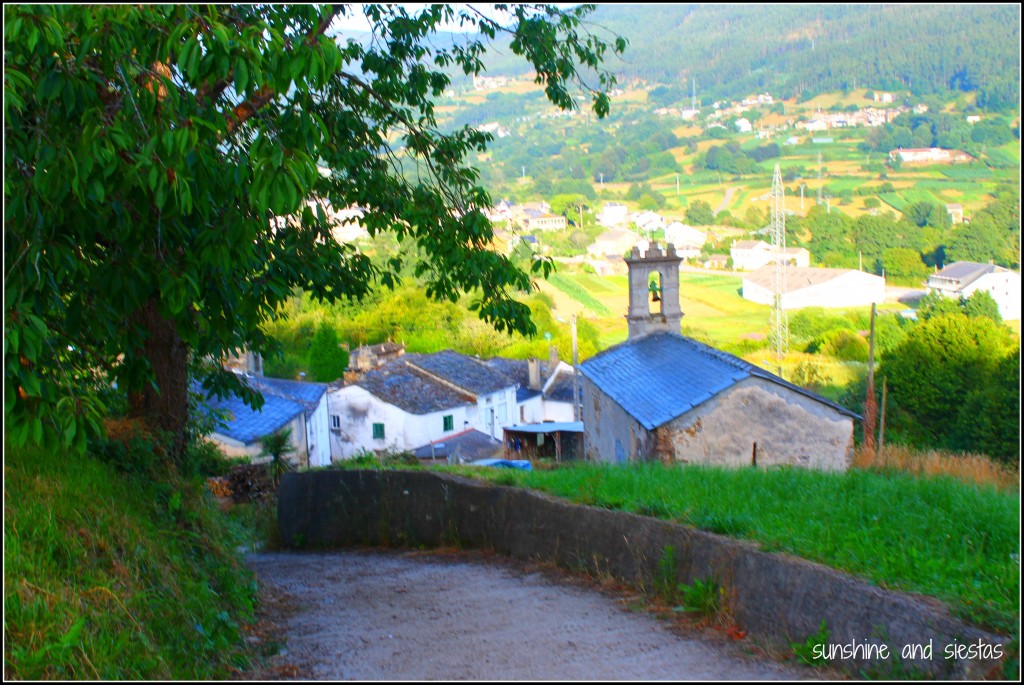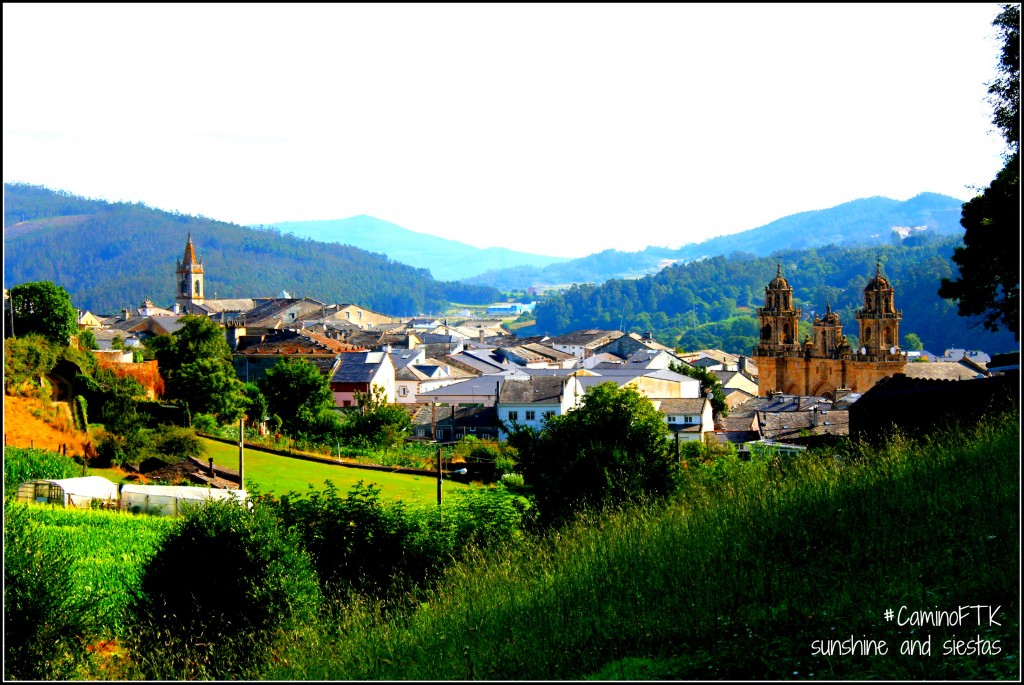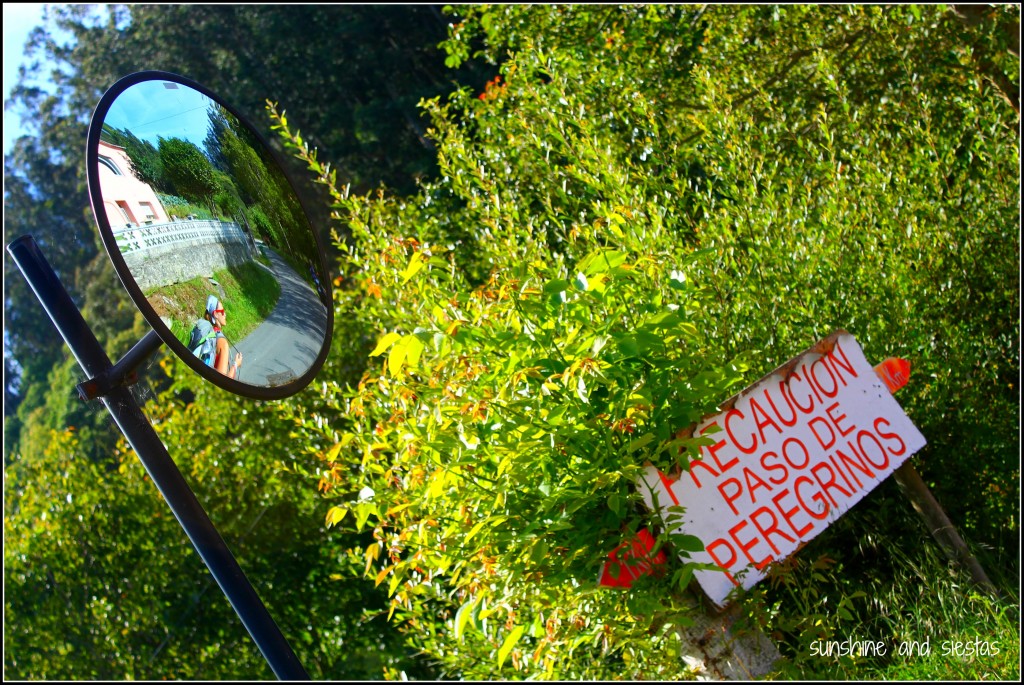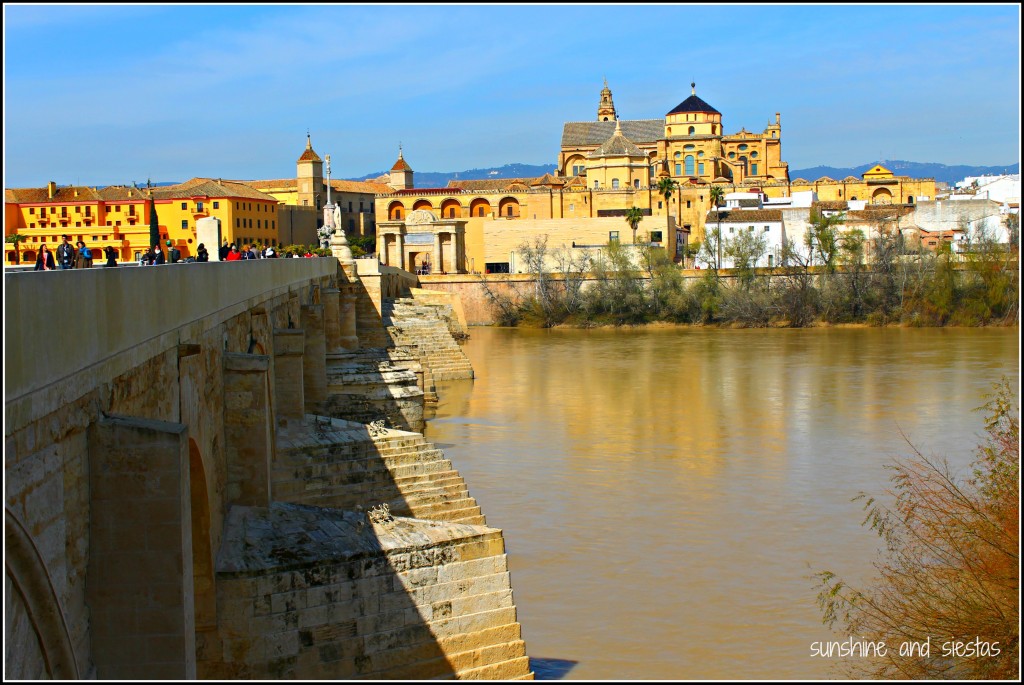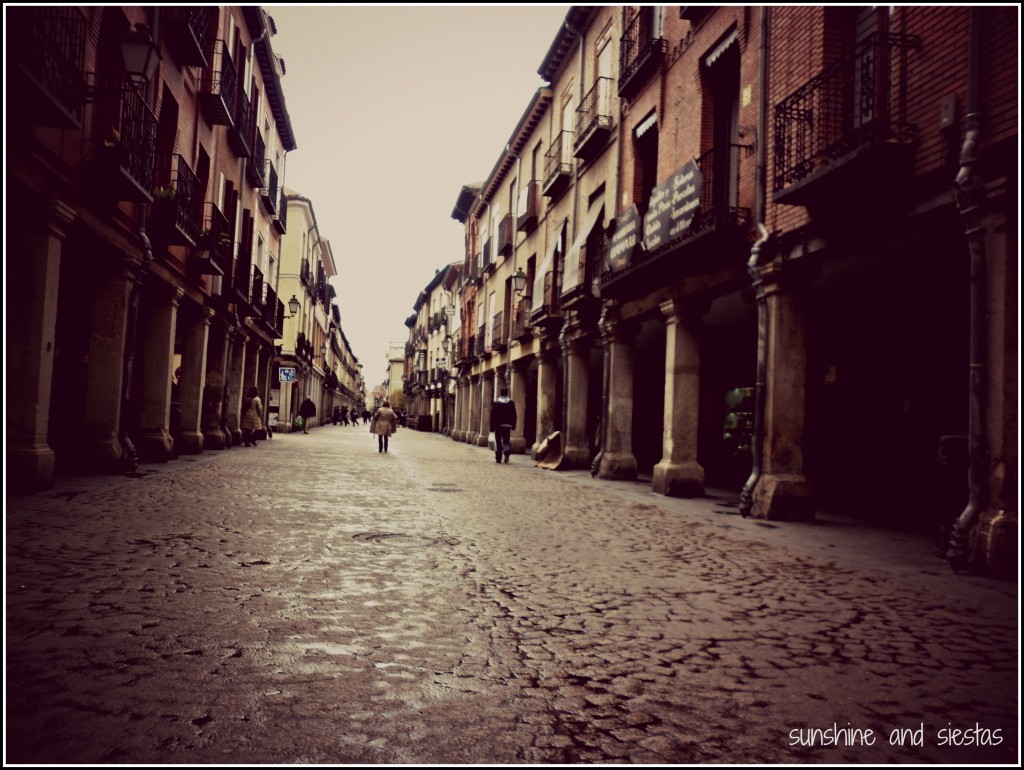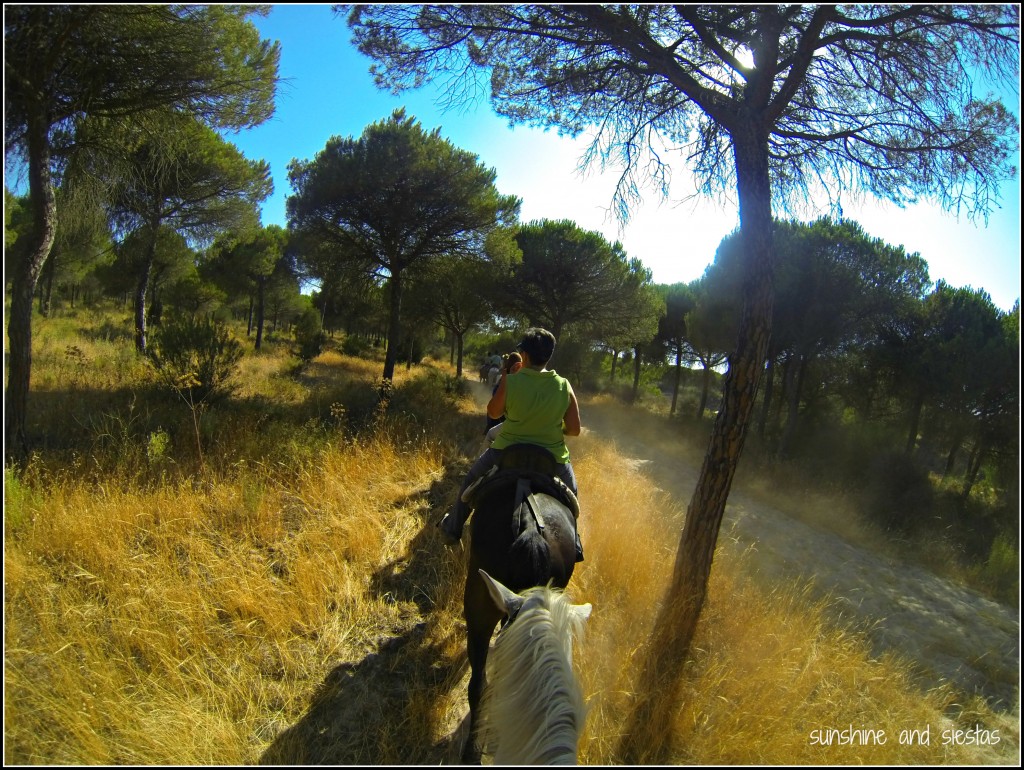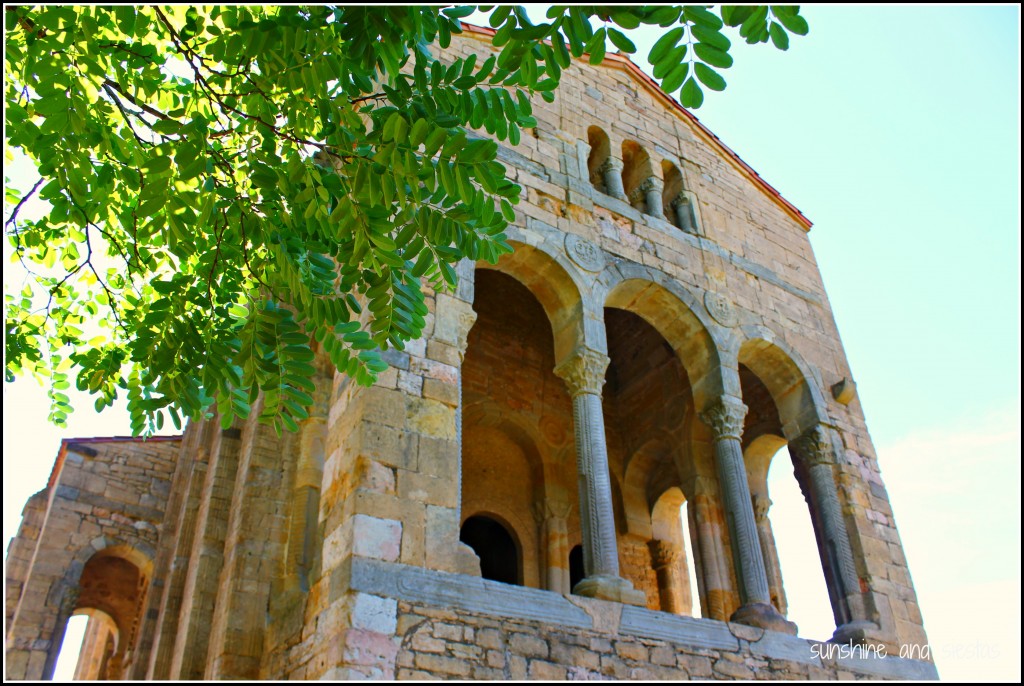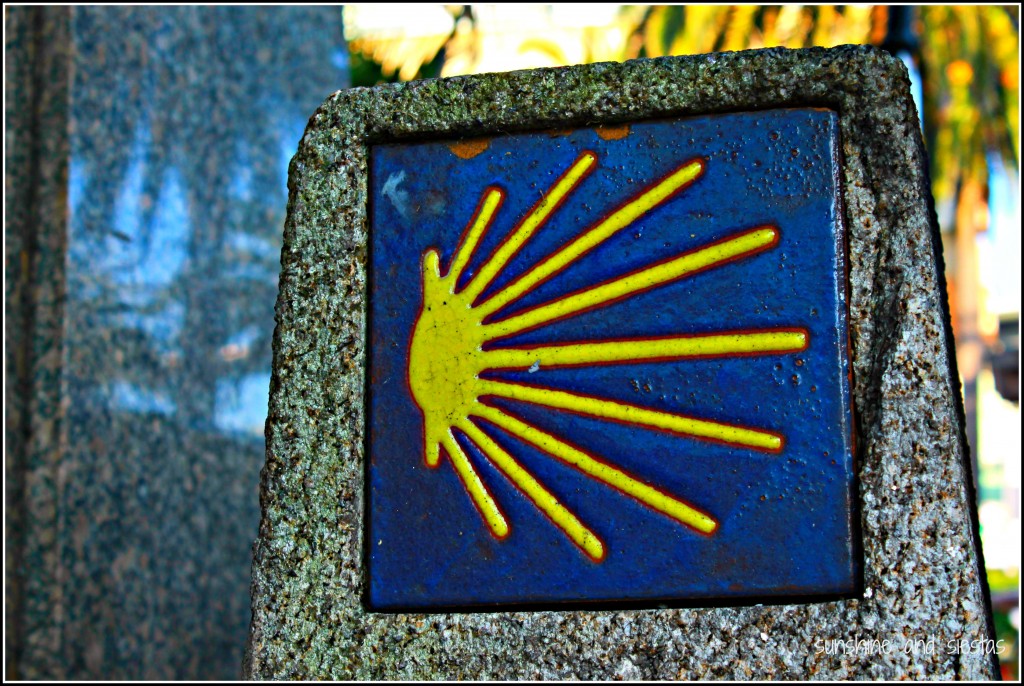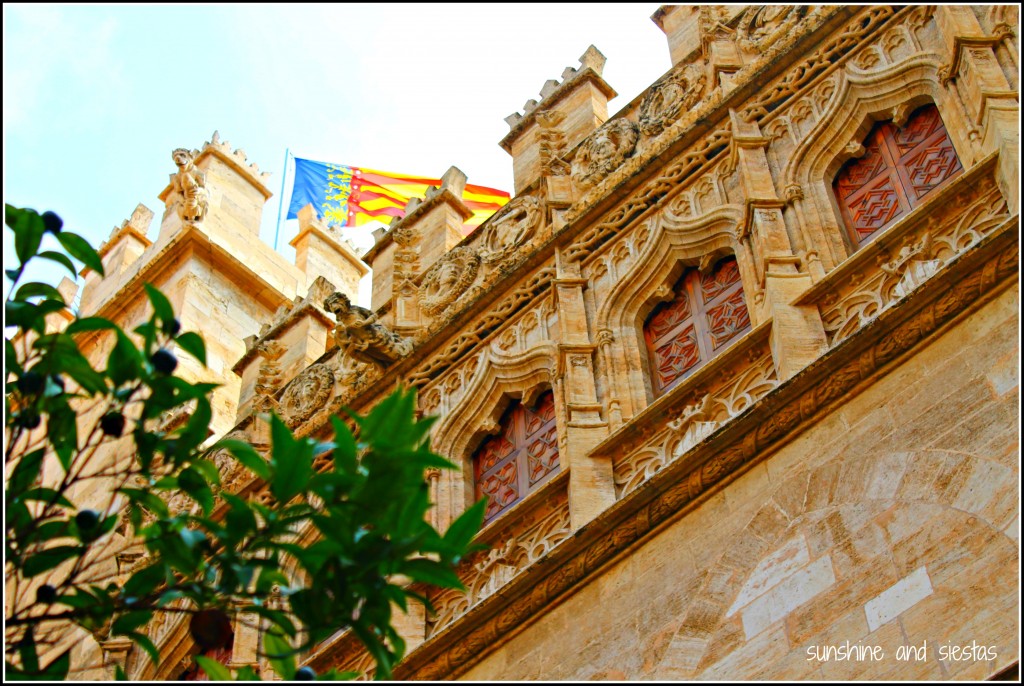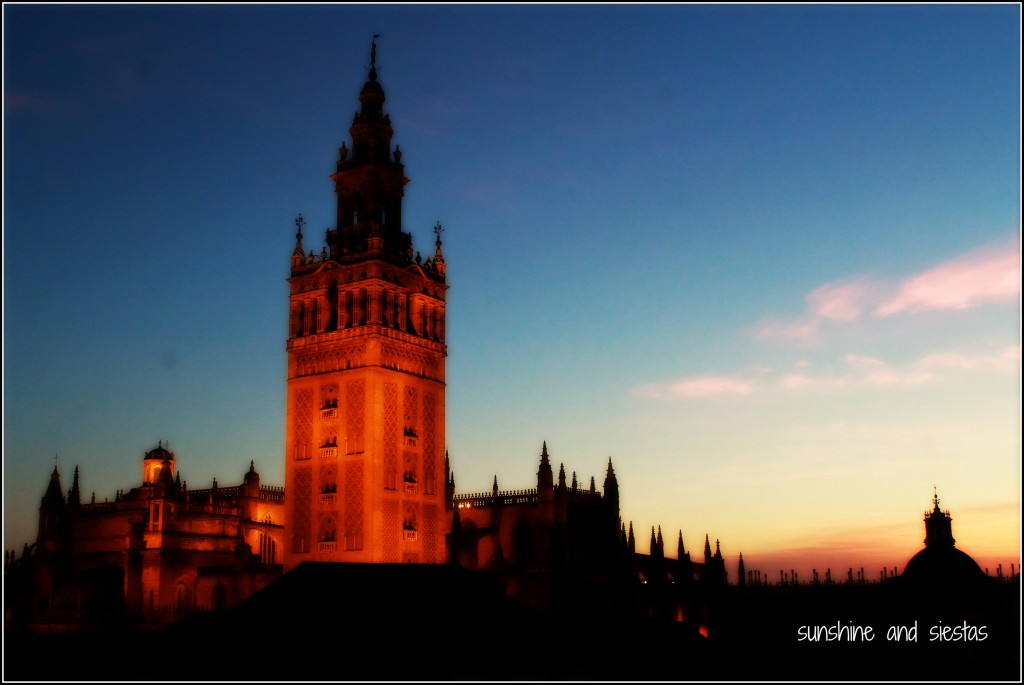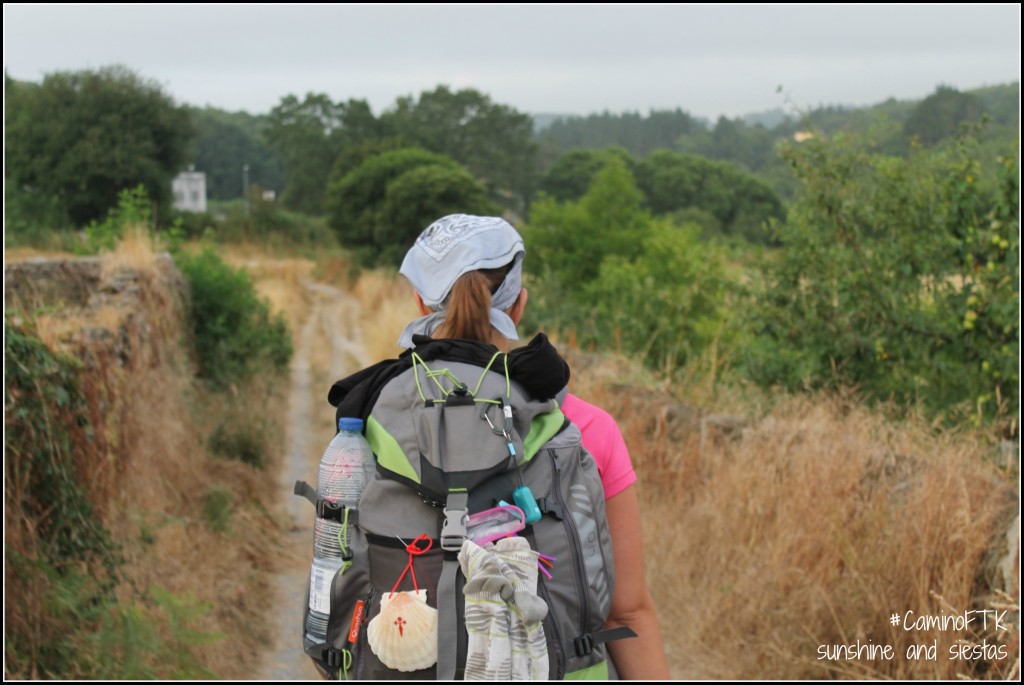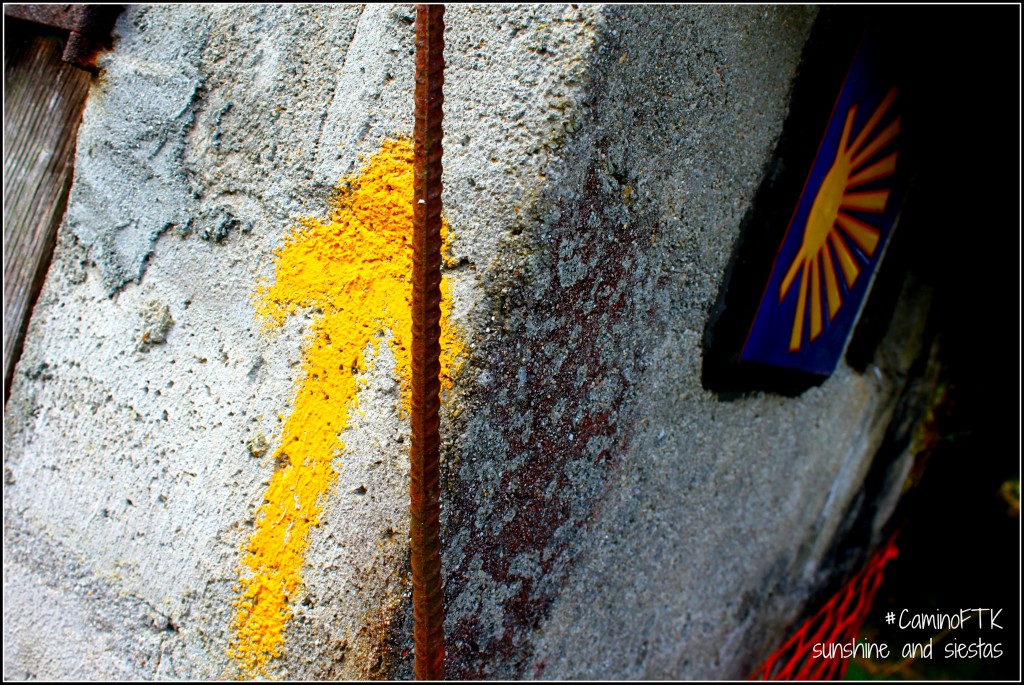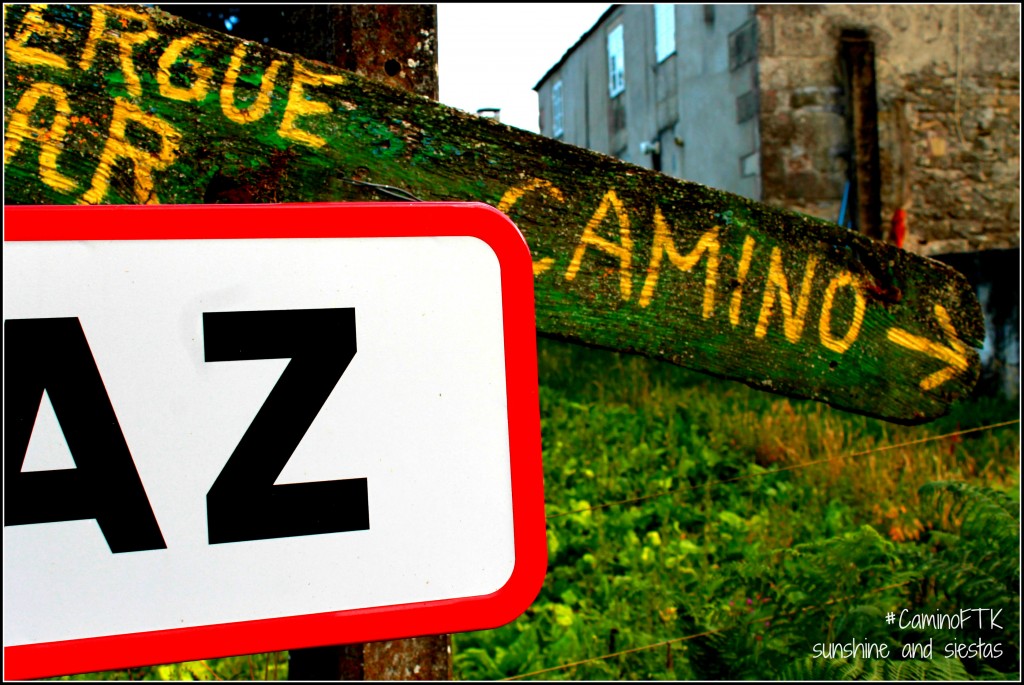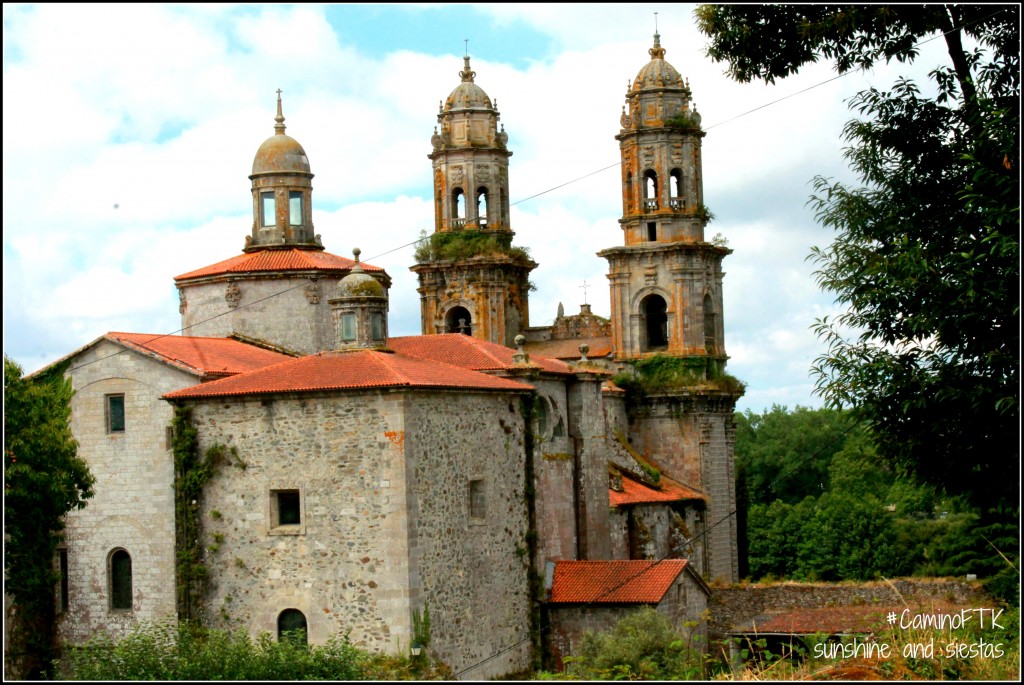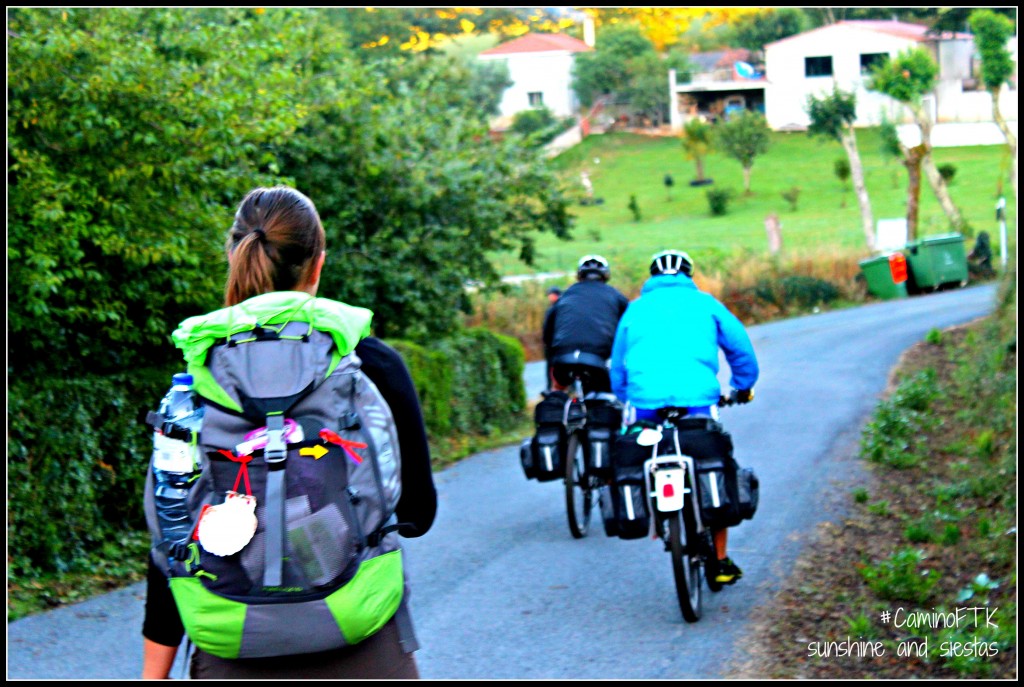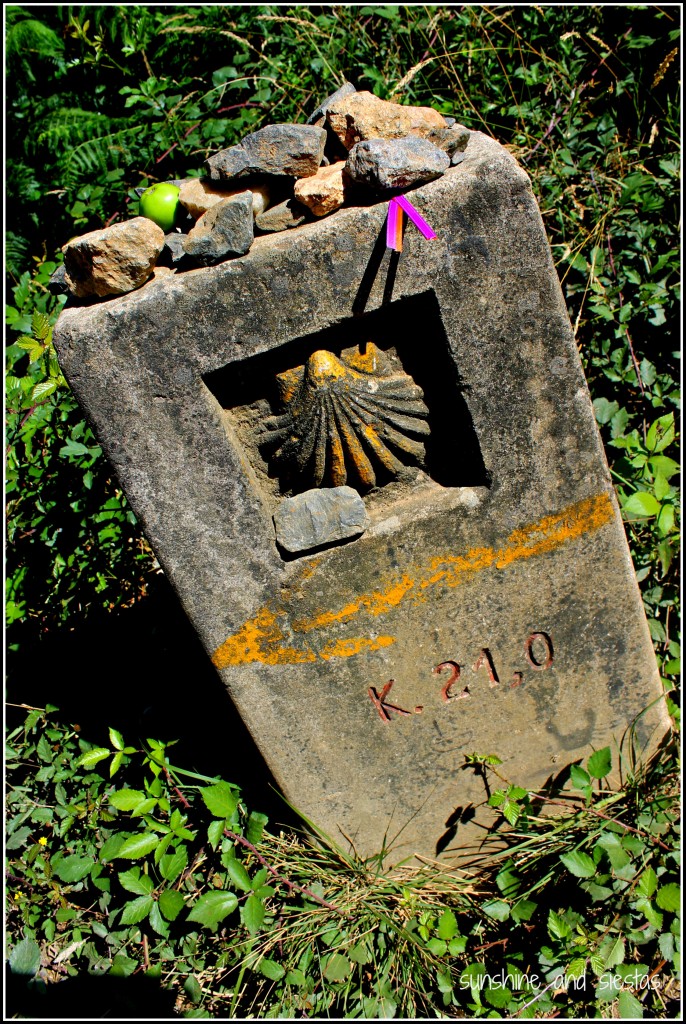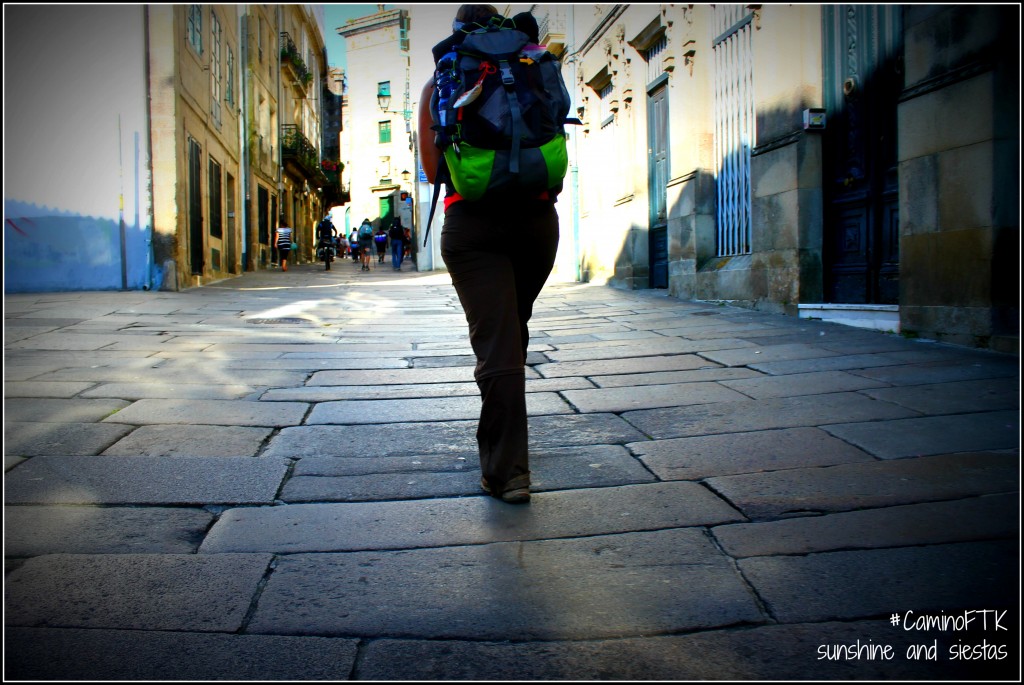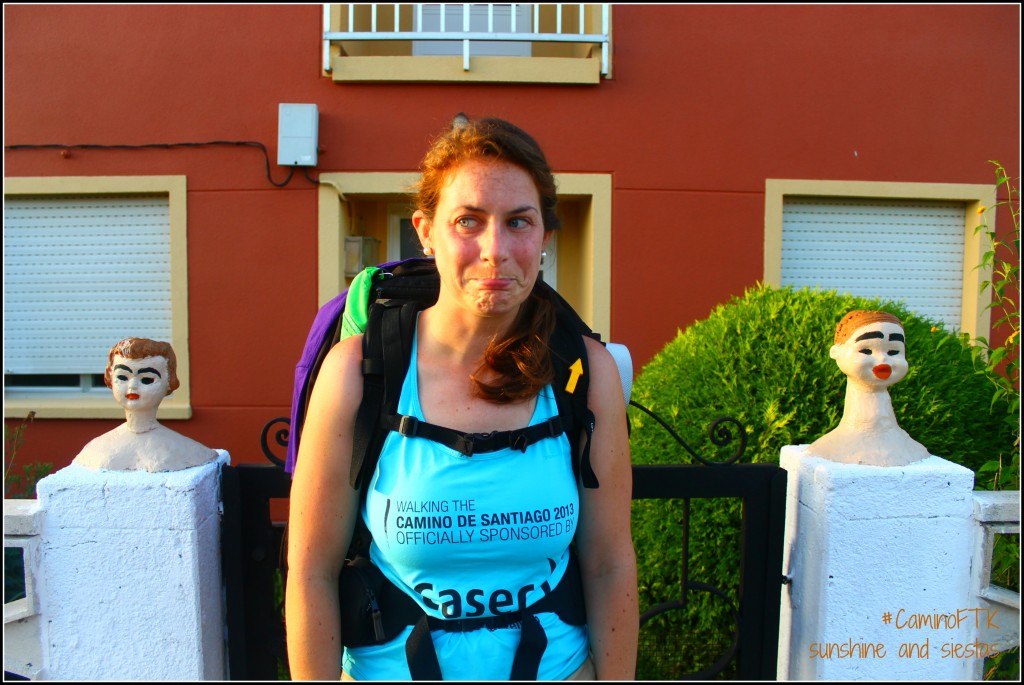The Camino de Santiago is perhaps the most popular pilgrimage route in Europe. It holds a lot of cultural significance, and that should be protected and celebrated. However, that shouldn’t mean we cannot extend the spirit of the Camino de Santiago elsewhere. It’s become a source of many adventures and community-building experiences, so it’s about time we made the case for exporting the trail elsewhere. Madeira, for many reasons, is the perfect candidate.
Why Madeira?

The Camino de Santiago has been a transformative journey for countless pilgrims and even secular holidaymakers. It’s a place of self-discovery and cultural exchange. Its impact goes way beyond the individual as it’s contributed to local economies and promoted sustainable tourism. If you find a particular route gaining recognition online, you can bet that the local hospitality industry of the villages along the way see a boost.
Madeira, with its breathtaking natural beauty and steep history, is an ideal location for a similar route. A route through the Levadas has been formed in order for travelers to find a structured way to immerse themselves in the Portuguese island’s community and history.
Potential Routes and Landscapes
Madeira’s geographical features make it an exceptional location for a pilgrimage route, particularly the damp northern valleys. The island boasts a network of well-maintained levadas. The historic irrigation channels that wind through forests and along steep cliffs to offer unique views of the Atlantic Ocean. The local government has taken lengths to preserve and restore these networks, and they serve a civic purpose, too: they carry water to the dry southern end of the island as well as generate hydropower.
There’s a lot of coastline packed into the island of course, giving it a more marine and nature-focus compared to Santiago. In particular because there is the serene Rabaçal Valley, which is home to the 25 Fontes waterfall.
What to Expect on the Madeira Route
Heading off on the Madeira pilgrimage route (or any walking holiday in Portugal, for that matter), you can expect a little bit of everything. The island’s diverse ecosystems is the main focus of the trip, but also that it’s compact and manageable. You’re never far from civilization, yet you can often feel lost in its otherworldliness.
There’s a lot going on in regards to trees and flowers, such as the endemic Madeiran Firecrest and the rare Madeiran Orchid. The route offers opportunities to engage with local communities, and they are a friendly bunch. There’s a lot of traditional cuisine to try too, particularly when you come across a cultural event or mini festival.
Exploring The Ultimate Route
The ultimate Madeira pilgrimage route starts in Machico and concludes in Funchal, covering a distance of 58 km over 8 days. This is a good amount for both casual holidaymakers dipping their toe in the waters of hiking holidays, but it’s also enough to excited more experienced hikers too.
Walkers will come across coastal paths and colonial villages, seeing significant natural landmarks like Cabo Girao cliff and the San Lourenço Peninsula. The route includes visits to traditional fishing villages like Caniçal and Câmara de Lobos, and exploring local markets. You don’t need to head all the way West of the island, as much of the nature and culture is in the middle and East.
Conclusion
The proposal to create a Camino de Santiago-inspired pilgrimage route in Madeira has become a reality. There’s a ton of potential for undergoing a personal challenge in an environment that can often feel beyond Europe in many ways, yet remains distinctly European in much of its culture. This post was written in collaboration with Orbis Ways. I completed the Camion de Santiago’s Northern route in 2013, and you can read about it here.


